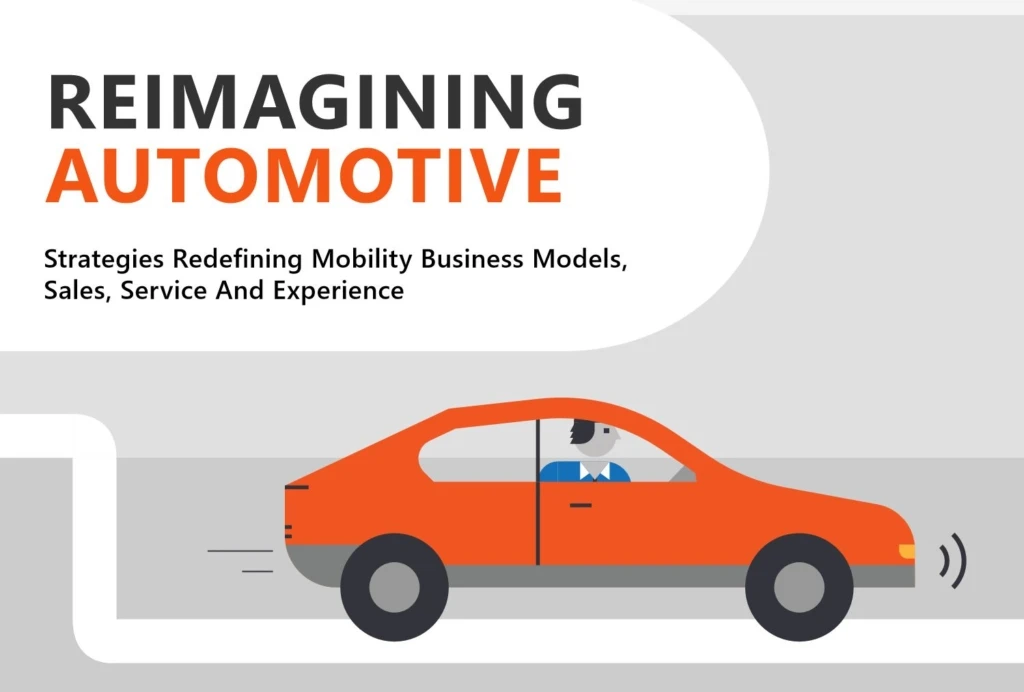
Digital Transformation in Automotive Retail: Online Sales and Virtual Showrooms – The automotive industry is experiencing a profound shift in the way vehicles are bought and sold, with digital transformation playing a pivotal role in reshaping the landscape of automotive retail. From online sales platforms to virtual showrooms, technology is revolutionizing the customer experience and the entire purchase journey. In this article, we explore the key aspects of digital transformation in automotive retail, focusing on the rise of online sales and the integration of virtual showrooms.
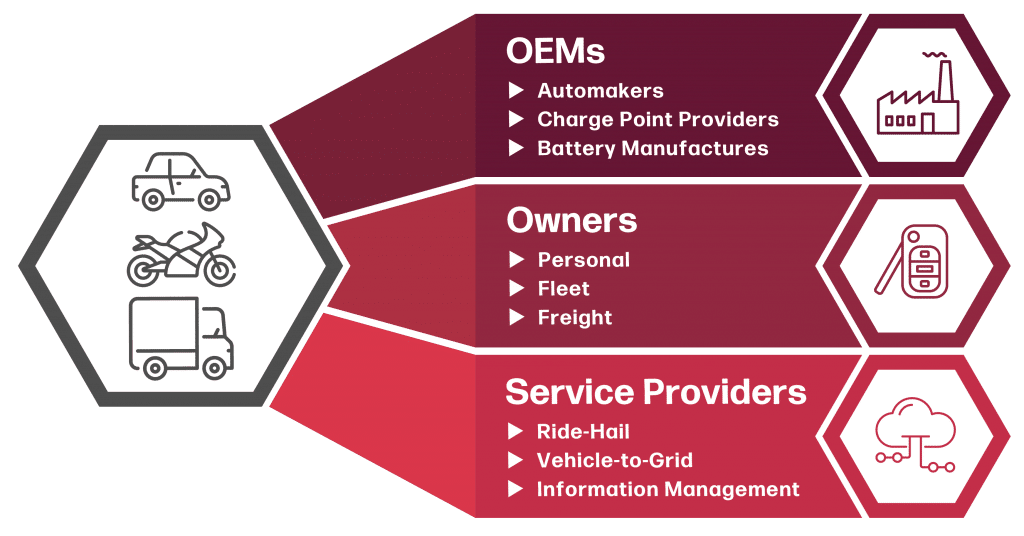
E-Commerce Platforms: Accelerating Online Sales
The integration of e-commerce platforms into automotive retail has transformed the traditional dealership model. Online sales portals allow customers to browse, customize, and purchase vehicles from the comfort of their homes. This shift aligns with broader consumer trends favoring the convenience and accessibility of online shopping.
Streamlined Digital Transactions: From Selection to Financing
Digital transformation has streamlined the entire vehicle purchase process. Customers can not only choose their desired model and features online but also complete the entire transaction digitally. This includes securing financing, estimating trade-in values, and arranging for delivery, simplifying what was once a complex and time-consuming process.
Virtual Vehicle Customization: Personalized Buying Experience
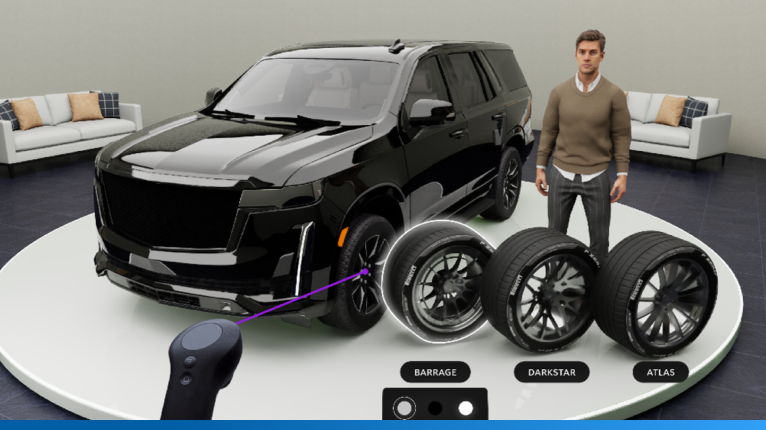
Virtual vehicle customization tools have become a key component of online sales platforms. Customers can visualize different color options, interior configurations, and additional features in a virtual space. This level of personalization enhances the buying experience, allowing customers to tailor the vehicle to their preferences before making a purchase decision.
Augmented Reality (AR) and Virtual Reality (VR) Showrooms: Immersive Experiences
AR and VR technologies are being harnessed to create immersive virtual showrooms. Customers can explore vehicles in a three-dimensional, interactive space, even “sitting” in the driver’s seat or inspecting specific features. This technology brings the showroom experience to the digital realm, providing a realistic and engaging encounter for potential buyers.
Online Test Drives: Bringing the Dealership to the Customer
Digital transformation has extended the concept of test drives to the online space. Customers can experience virtual test drives, allowing them to explore the features and performance of a vehicle without physically visiting a dealership. This innovation caters to a broader audience and facilitates the decision-making process.
Data-Driven Personalization: Targeted Marketing and Recommendations
Automotive retailers leverage data analytics to personalize the online shopping experience. By analyzing customer preferences, browsing behavior, and previous interactions, retailers can provide targeted marketing campaigns and personalized vehicle recommendations. This data-driven approach enhances customer engagement and satisfaction.
Online Financing and Leasing Options: Simplifying Transactions
Digital transformation extends to the financial aspects of automotive transactions. Customers can explore financing and leasing options online, compare interest rates, and complete credit applications digitally. This not only streamlines the purchase process but also provides transparency and flexibility for buyers.
Virtual Assistance and Chatbots: Enhancing Customer Support
Virtual assistance and chatbots play a crucial role in providing real-time support to online shoppers. Customers can receive instant responses to queries, access information about vehicle features, and even get guidance on the online purchasing process. These digital tools enhance customer support and engagement.
Integration with Social Media Platforms: Social Commerce in Automotive
Social media platforms have become integral to automotive retail, serving as both marketing channels and sales platforms. Automotive brands utilize social commerce features to showcase vehicles, engage with customers, and even facilitate transactions directly through social media channels.
Enhanced After-Sales Services: Digital Maintenance Scheduling and Support
Digital transformation extends beyond the initial sale to enhance after-sales services. Customers can schedule maintenance appointments, access digital service records, and receive support for vehicle-related queries through online portals. This digital connectivity strengthens the ongoing relationship between customers and automotive retailers.
Conclusion article Digital Transformation in Automotive Retail: Online Sales and Virtual Showrooms
In conclusion, digital transformation is redefining the landscape of automotive retail,* ushering in a new era of convenience, personalization, and accessibility. The integration of online sales platforms and virtual showrooms reflects a strategic response to changing consumer preferences and expectations. As technology continues to advance, the digital transformation of automotive retail is likely to evolve further, shaping a dynamic and customer-centric future for the industry. Whether through online sales, virtual experiences, or data-driven personalization, the digital age is reshaping how customers engage with and purchase vehicles, making the process more efficient, personalized, and enjoyable.
Read More : Connected Cars 2024: The Intersection of Automotive and Technology

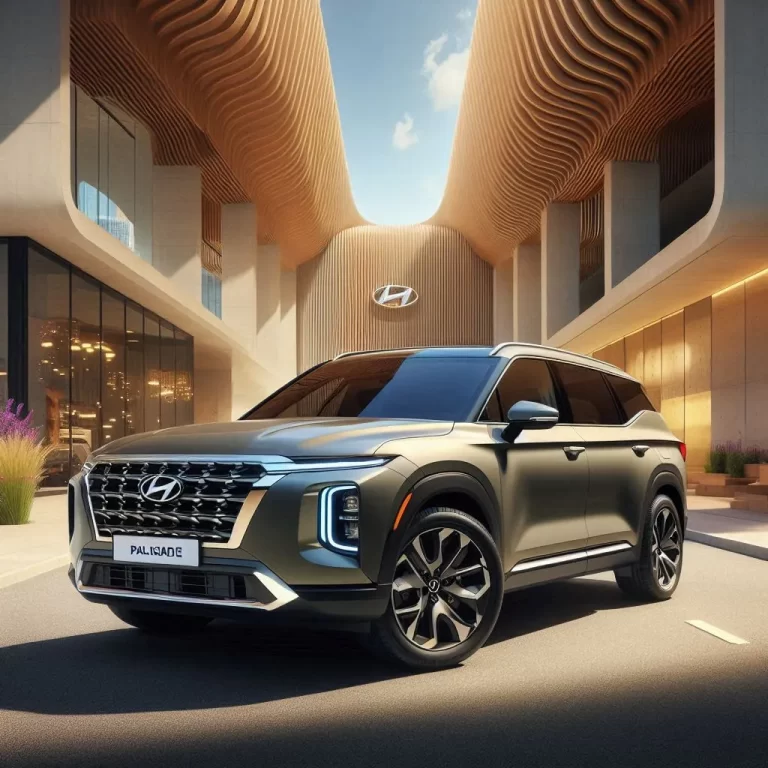

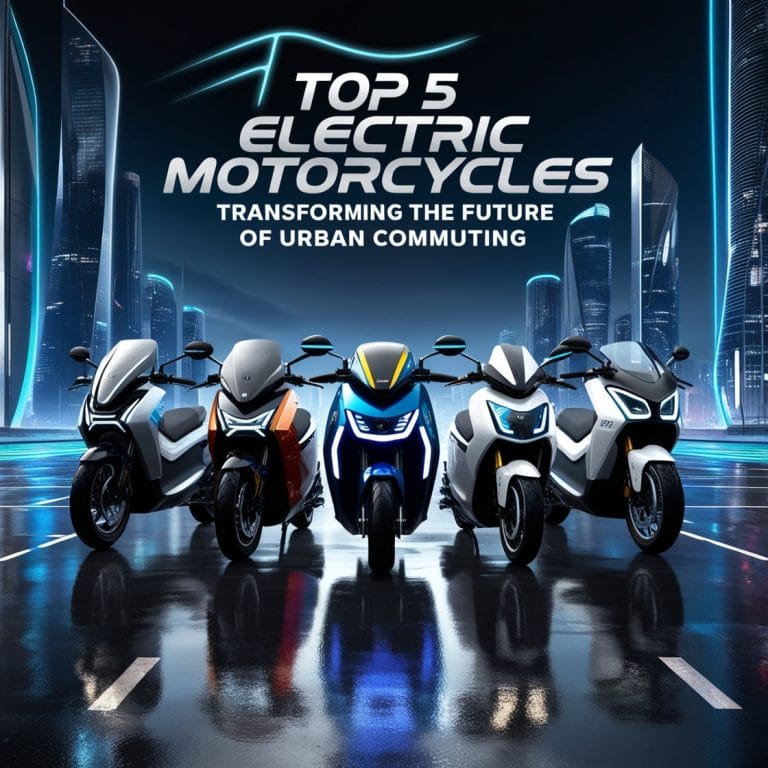




2 thoughts on “Digital Transformation in Automotive Retail: Online Sales and Virtual Showrooms”
Comments are closed.